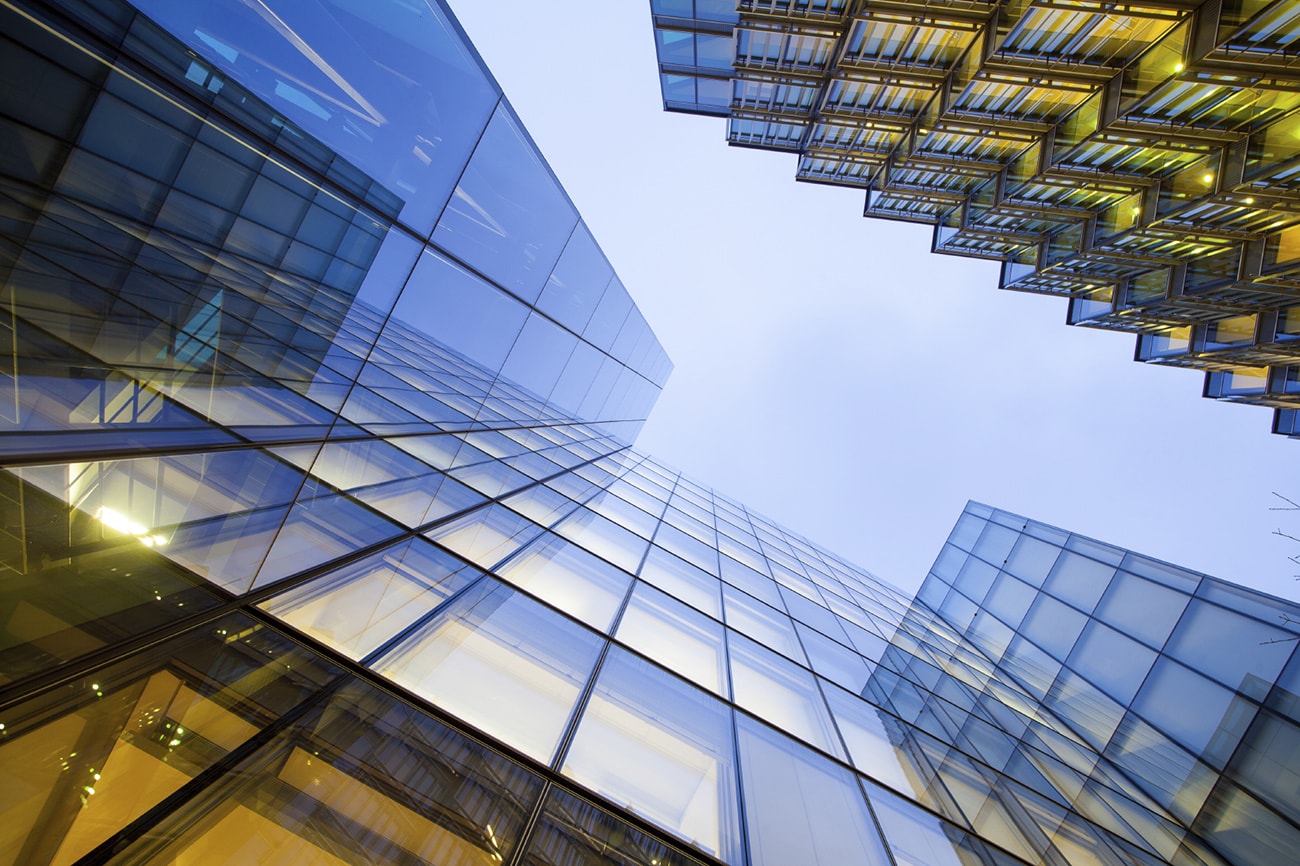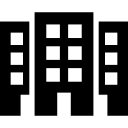



Sunderland is located in the Sunderland Metropolitan borough city middle and it is in Tyne and Wear, North East England. At the mouth of River Wear, this coastal city is located on beaches at Seaburn and Roker. Sunderland word is derived from ' Sundered land' means Sundered or set aside for some particular purpose.
On the location of modern-day Sunderland, there were three original settlements. After so many centuries, Sunderland emerged as a port for trading, coal and salt. Port of Sunderland grown in the 19th century to include Monk wear and Bishopwearmouth. Recently Sunderland developed as a commercial centre for the service, science and technology and automotive industry.
A person who lives in or around the Sunderland is referred as Mackem. Mackem word was coined in the late 20th century and was not much used by the Sunderland people until 1980’s.
Education
In the year 1969, Polytechnic College was founded. In the year 1992, it was converted to University of Sunderland. Currently, around 17000 students study in this institution. This university has two campuses namely City Campus and St Peter’s Riverside Campus. City Campus which is at the west of city centre, and another one is St Peter’s Riverside Campus which is located on the river wear northern banks.
The Times Higher Education Supplement (THES) in the year 2006 ranked the University of Sunderland as the top university in England because it provides best student experience. Since the year 2001, The Guardian named Sunderland as the best new university in England. It is best due to its research range, quality and quantity.
Sunderland College is considered as a higher education college with five campuses. It has around 14,000 students. On the basis of exam results, it is one of the best colleges. St Peter’s Sixth Form College is next to the St Peter’s Church and the University. This College was opened on 2008 September.
In Sunderland, there are 18 Secondary Schools. On the basis of exam results, St Robert of Newminster Catholic School is most successful. It is a co-educational school. Even other Schools like St Anthony’s for girls and St Aidan’s for boys also get higher exam results.
History
By the year 1901, Sunderland had a population of 146,000. First electric trams started in Sunderland in the year 1900. Later in the 1940’s and 1950’s, buses replaced trams. In the year 1954 last trams ran in Sunderland. In the year 1901 Sunderland Technical College was opened. In 1909 Barnes Park was opened. In 1923 Backhouse Park was opened.
In the year 1933 Thompson Park was opened. In 1902 Roker Breakwater was built and in 1914 South breakwater was built. Later in 1928, the boundaries of the Sunderland borough was extended to include Southwick and Fulwell. In 1934 Deep Water Quay was built. In 1930’s Slum clearance started in Sunderland.
To replace the slums, new council houses were made in the area Marley Pots, Ford Hall and Leech mere. During the Second World War around 267 people were killed due to German bombing in Sunderland. Around 1000 houses got destroyed, and near about 3000 homes were damaged. In 1950’s and the early 1960’s, various new council houses were built.
In 1967, boundaries of Sunderland were extended to include Ryhope, Castletown, South Hylton, Silksworth and Herrington. In 1969, Sunderland Polytechnic College was discovered, and in 1992 it was made a university. In 1970, new town hall and civic centre were established. In the year 1976, Silksworth Leisure Centre was built.
Sunderland suffered massive loss at the end of 1930’s when most of the population was unemployed. During 1950’s and 1960’s, the unemployment rate was much lower. In 1980’s Mass unemployment occurred. In the 1988 year shipbuilding in Sunderland came to an end. In late 20th-century, coal mining decreased, and Sunderland’s coal export crashed. Presently the population of Sunderland is 275,000.
| Course | Upcoming Event | Duration | Price | ||
|---|---|---|---|---|---|
| PRINCE2® Foundation & Practitioner | 29/12/2025 | 01/01/1970 |
£3995
|
||
| PRINCE2® Foundation | 29/12/2025 | 01/01/2026 | 3 Days |
£5494
|
|
| PRINCE2 Agile® Foundation | 29/12/2025 | 31/12/2025 | 2 Days |
£4394
|
|
| PRINCE2 Agile® Foundation And Practitioner | 29/12/2025 | 02/01/2026 | 4 Days |
£6594
|
|
| Lean Six Sigma Green Belt | 29/12/2025 | 03/01/2026 | 5 Days |
£6594
|
|
| Lean Six Sigma Yellow Belt | 29/12/2025 | 31/12/2025 | 2 Days |
£5494
|
|
| Lean Six Sigma Black Belt | 29/12/2025 | 08/01/2026 | 10 Days |
£9894
|
|
| Agile Project Management Foundation & Practitioner (AgilePM®) | 29/12/2025 | 02/01/2026 | 4 Days |
£6594
|
|
| Agile Project Management Foundation (AgilePM®) | 29/12/2025 | 01/01/2026 | 3 Days |
£5494
|
|
| Scrum Master Certification | 29/12/2025 | 31/12/2025 | 2 Days |
£4394
|